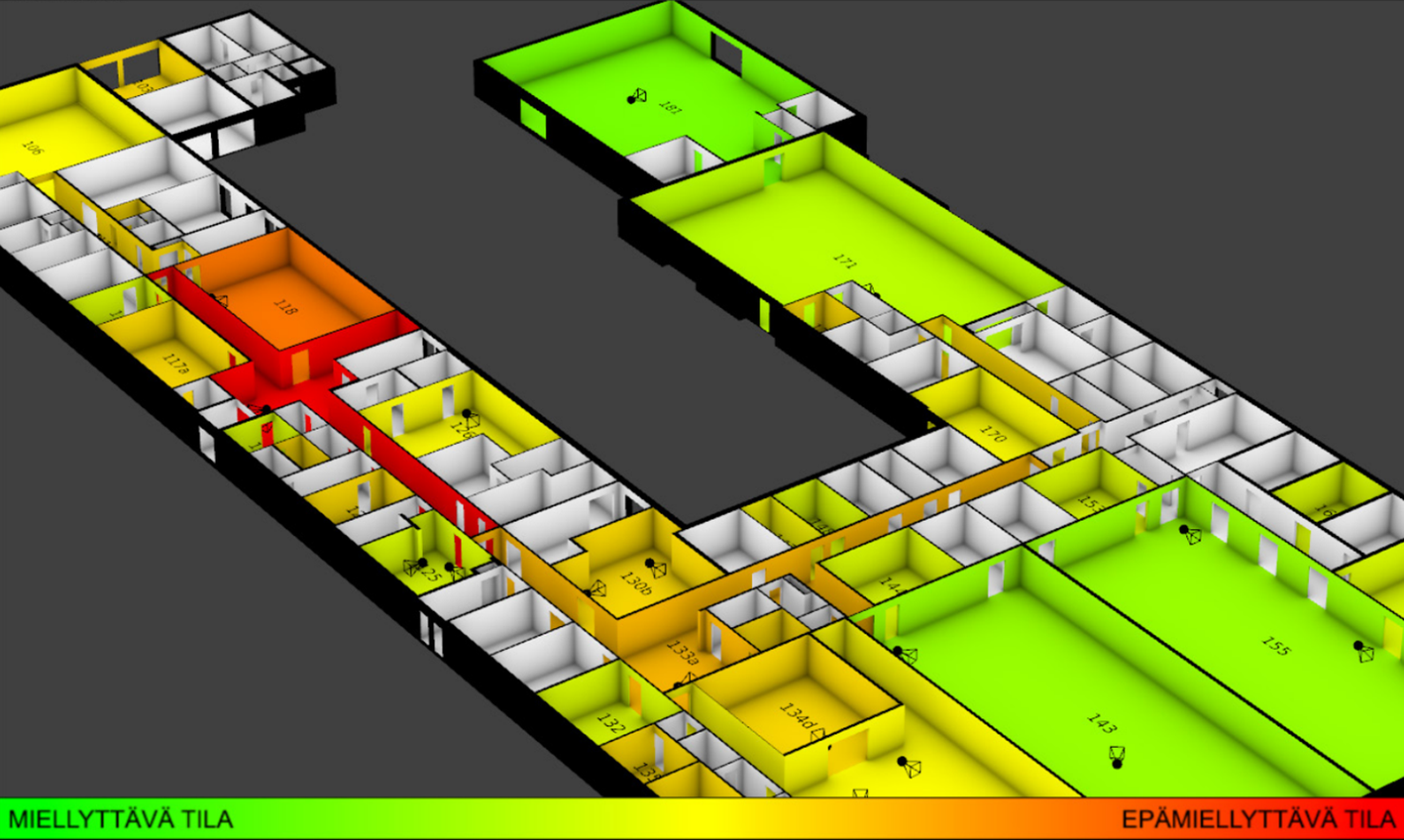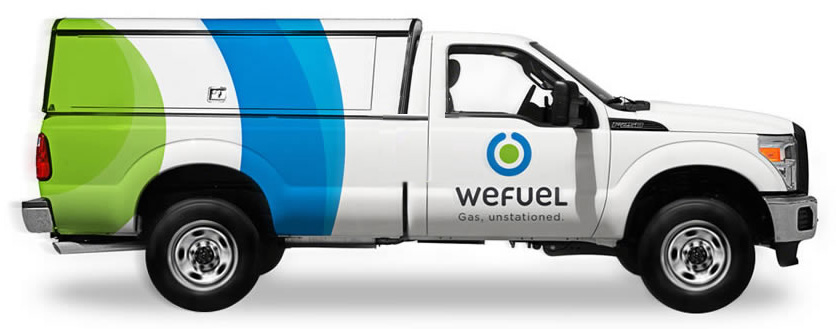
Adding More Human Touch to Real Estate Development with Online Mapping
User-centered design has become the cornerstone of successful business activities in the property development market. In the office space sector, the changing nature of work, intensifying market competition and more demanding customers are altering the game so that it’s no longer enough for real estate developers to produce any kind of buildings. For example here in the Helsinki Region we have over one million square meters of empty office space, much due to mismatches between what’s there and what potential occupants actually want.
The trend is that today’s facilities need to support business and organizational strategies with more emphasis on collaborative working, creative thinking and social meaning.
Translating that into desirable outputs is not easy. The different players in the trade from builders and planners to owners and managers are increasingly hungry for analytic and up-to-date information about how the mental landscape of their customers is changing. Whether planning for new buildings or adopting existing buildings to new uses, in today’s challenging economic times it’s important to get things right the first time.
The problem is that evaluating what the day-to-day experiences of people using buildings are is difficult to define.

Aalto University Campus & Real Estate did a customer satisfaction survey about the campus area last year, including indoor mapping of some of their premises. The survey results will be utilized in the further development of services in the campus area as well as in research concerning campus development.
Or at least until now it has. An emerging solution to capturing this information lies in exploring the geography of user experiences inside buildings. This can be done with our map-based questionnaire service Maptionnaire.
Imagine that instead of only generally asking ”how satisfied are you with your work environment?”, you would be able to let users show how different parts of a property contribute to their answer. You could ask for example “where do feel most productive?” or “where is it too noisy to work?”.

The Aalto School of Engineering used indoor mapping to discover where people feel development needs are inside and outside the buildings at their part of the Aalto University campus.
In 2015, Aalto School of Engineering at Aalto University in Finland did just this. They added their building complex’s floor plans to Maptionnaire and engaged staff and students to map current experiences and future needs of the working community so that forthcoming spatial redesign could respond to the wishes of the users in the best possible manner.
When the collected experiences were attached to precise locations, it was possible to receive more exact and analytic information about what works in the buildings and what doesn’t. Moreover, the location-based approach allowed transforming the collective user-experience into visualizations for easy communication and further discussions.

This image portrays one way of processing and visualizing user data collected with Maptionnaire. The green end of the spectrum displays what people have perceived as pleasant places and the red end highlights unpleasant bits of the facility. This quite effectively demonstrates where the application of redesign resources creates most value. Modeling and programming: Petri Kangassalo, Aalto Built Environment Laboratory.
This kind of place-specific and accurate feedback helps real estate developers make targeted improvements and allocate their resources more efficiently.
A participatory, user-centered, approach to developing properties is bound to increase customer satisfaction and help create human-centric built environments.






 “Our vision is about getting to the point where every car is connected with WeFuel. We’re launching delivery in Menlo Park and Palo Alto, but we plan to go all across the Bay Area by the end of the year, and nationwide in two to three years time.”
“Our vision is about getting to the point where every car is connected with WeFuel. We’re launching delivery in Menlo Park and Palo Alto, but we plan to go all across the Bay Area by the end of the year, and nationwide in two to three years time.”